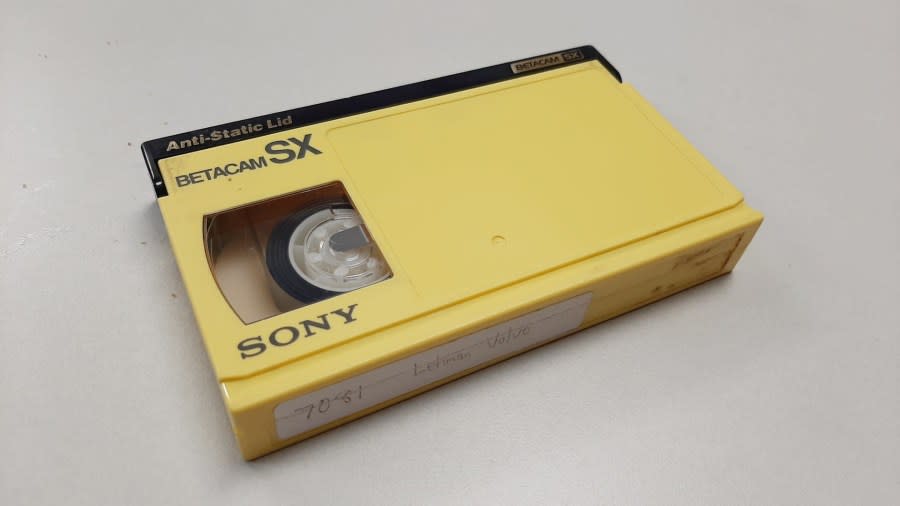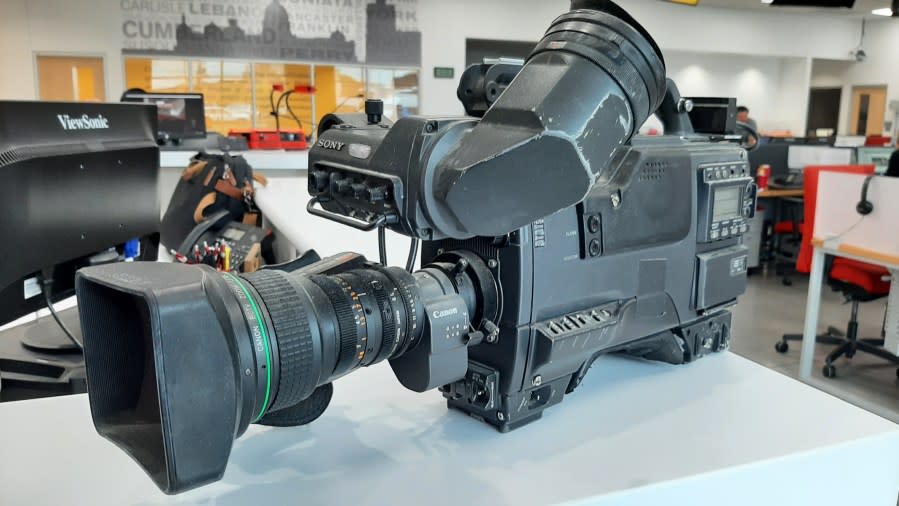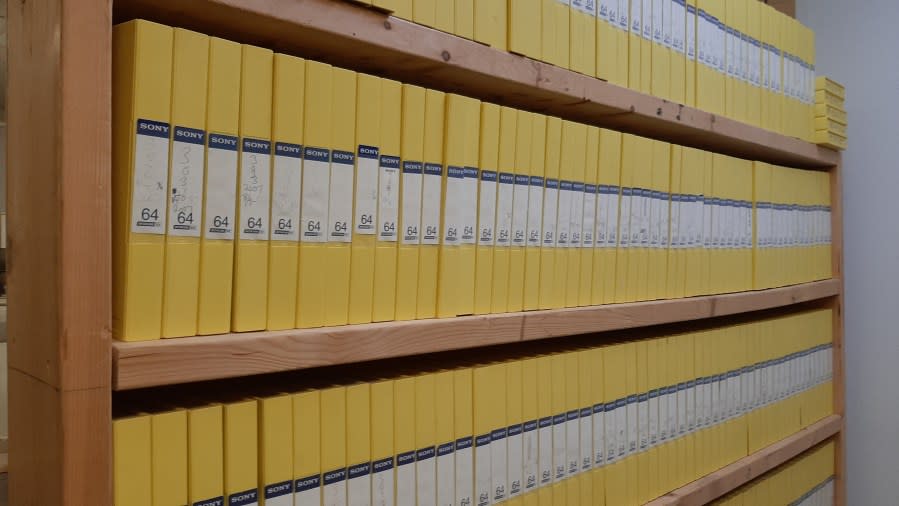On this date: going Beta

OUR LIVING ROOMS (WHTM) — It was the first home video recording technology to hit the market. A bad guess about how it would be used allowed other systems to supplant it, but it would find use in the professional video market for years.
On May 10, 1975, Sony introduced the Betamax videocassette recorder. The Betamax cassette could record an hour of video on 1/2-inch wide tape, allowing people to record their favorite TV shows at home for later viewing.
Get daily news, weather, breaking news and alerts straight to your inbox! Sign up for the abc27 newsletters here
That was Sony’s bad guess – thinking people would only use the system for “time-shifting” TV shows. People wanted to record other things as well, such as full-length movies or sports events.
In 1976, JVC released the VHS videocassette recorder. The picture quality of VHS wasn’t as good as Betamax, but it could record two hours of video – and the VCRs were cheaper, too. Soon manufacturers were selling VCRs that could record four or six hours of video on a VHS tape.
Sony started to lose market share. Betamax slipped even further when movies on video went on sale, and video store chains like Blockbuster offered these videos for rent, almost exclusively on VHS. Sony eventually produced a Betamax cassette that could record two hours of video, but by then, it was too late. In 1988, Sony threw in the towel and started making VHS machines. The last Betamax VCR rolled off the assembly line in 2002.
But Beta technology found a new home in the professional video industry (like TV stations.) In the 1970s and 1980s, the TV industry standard for field recording was the Sony U-Matic format. It used 3/4 inch wide tape, in cassettes about four times as big as the Betamax. It was so bulky that it required a recorder that was plugged into a TV camera by a cable. It was portable, but I speak from experience when I say lugging it around could be brutal at times.

Sony figured out a way to turn Betamax into a professional-level recording format, which they named Betacam. The Betacam cassette looks like a Betamax cassette, but the tape runs through much faster, resulting in broadcast quality video. The camera and recorder could be combined into a camcorder, reducing weight and all-around clumsiness.
Here at abc27 we started to use Betacam in 1991, and continued using it until 2011, when digital recording on SD cards replaced tape. We still have thousands of 60 and 64-minute Betacam tapes, archiving 20 years of local news.

For the latest news, weather, sports, and streaming video, head to ABC27.

